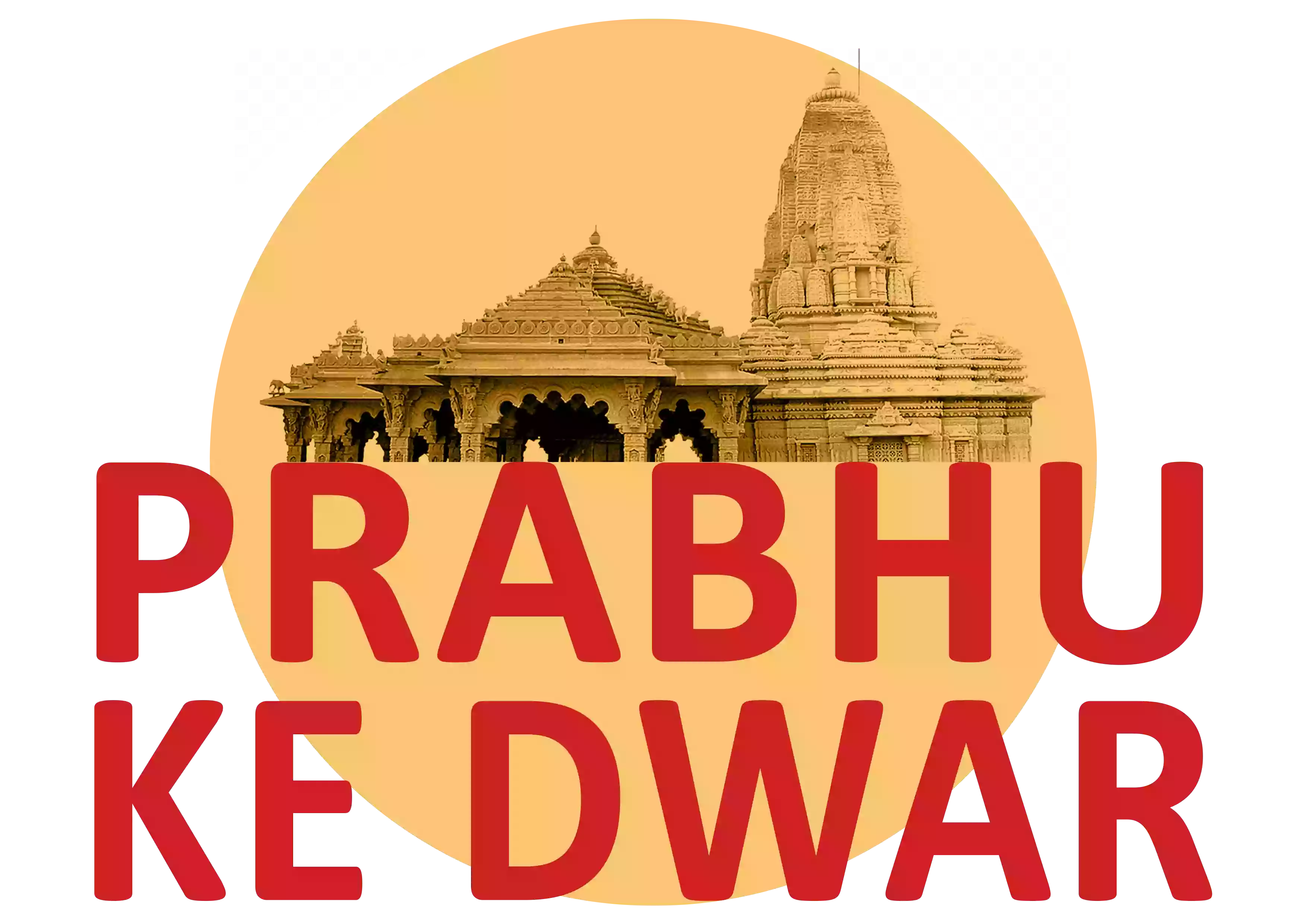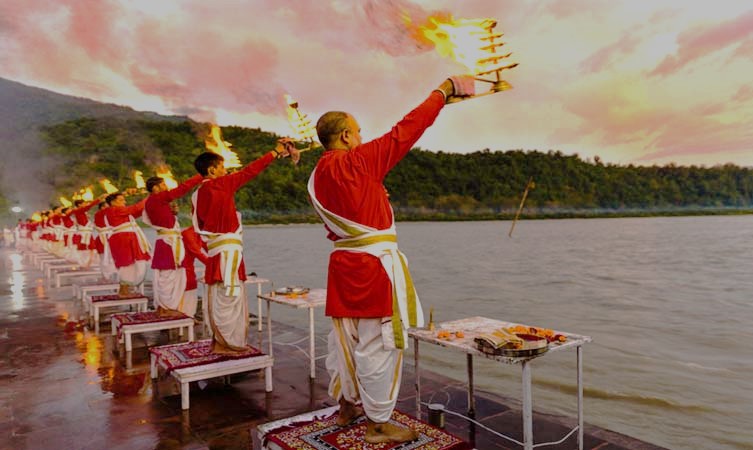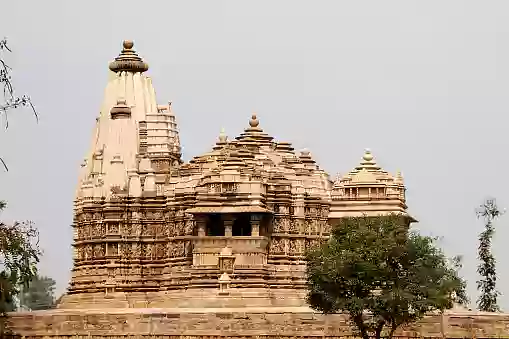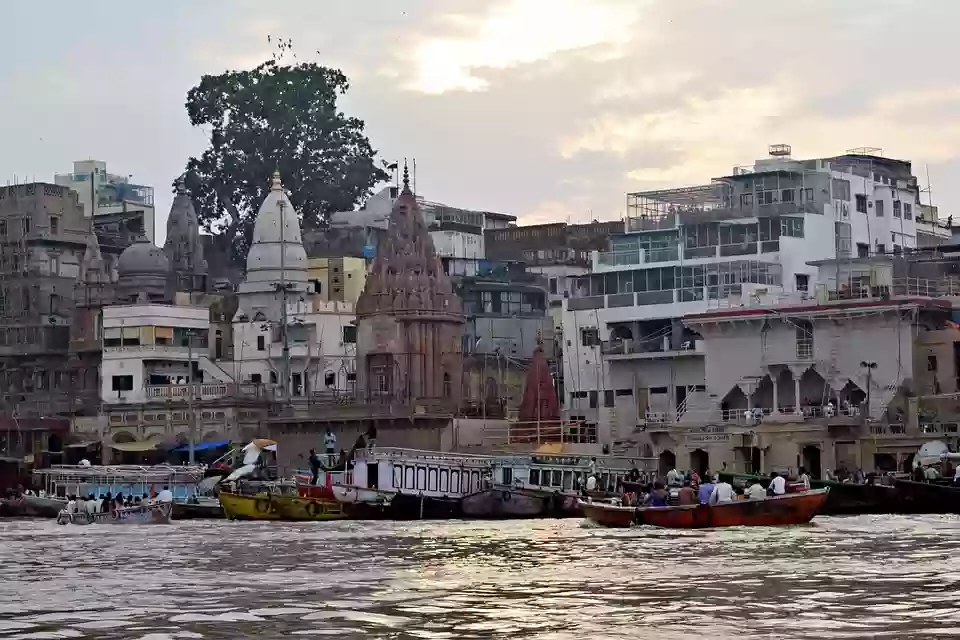Ganga Aarti, a profound ritual deeply ingrained in the cultural fabric of India, stands as a timeless spectacle of devotion and reverence. As the dusk settles and the gentle waters of the sacred Ganges River sway in rhythmic harmony, the atmosphere becomes charged with spirituality and fervor. This article delves into the mystique surrounding Ganga Aarti, exploring its significance, execution, impact, and challenges.
Table of contents [Show]
I. Introduction
What is Ganga Aarti?
Ganga Aarti is a sacred Hindu ritual that involves offering prayers to the river goddess Ganga, also known as Mother Ganges. It is performed as an act of devotion and gratitude towards the divine entity believed to purify and sanctify all sins.
Where does it take place?
The ritual is predominantly conducted along the banks of the Ganges River in various cities of India, most notably in Varanasi, Haridwar, and Rishikesh.
Timing Of Aarti
The Ganga Aarti at Har Ki Pauri in Haridwar takes place daily at 5:30 AM in the summer and 6:30 AM in the winter in the morning, and 5:30 PM in the winter and 6:30 PM in the summer in the evening. The timings change with the sunrise and sunset to perform the rituals. Some recommend arriving 30 minutes before the aarti time
II. Significance of Ganga Aarti
Spiritual Importance
Rituals and Traditions
Ganga Aarti encompasses a series of intricate rituals and traditions passed down through generations. Priests meticulously prepare for the ceremony, invoking blessings from deities and celestial beings.
Symbolism behind the Ceremony
The ceremony symbolizes the eternal connection between humans and the divine. It signifies the purification of the soul and the attainment of spiritual liberation through the blessings of Mother Ganga.
Cultural Impact
Historical Background
Ganga Aarti has deep historical roots, dating back centuries to ancient Vedic times. It has been an integral part of Indian culture, shaping religious practices and beliefs.
Influence on Local Communities
The ritual plays a pivotal role in the lives of local communities, fostering a sense of unity and reverence for the sacred river. It serves as a cultural beacon, attracting devotees and tourists alike.
III. The Ritual of Ganga Aarti
Preparations
Arrangement of Materials
Priests meticulously arrange an array of ceremonial items, including incense sticks, oil lamps, flowers, and sacred herbs, to create an ambiance of sanctity and devotion.
Invocation of Deities
The ceremony begins with the invocation of various deities and celestial beings, seeking their blessings for the successful completion of the ritual.
Execution
Chanting of Mantras
Priests chant ancient Vedic mantras, invoking the divine presence and seeking blessings for the welfare of humanity and the world at large.
Offerings and Ceremonial Acts
Devotees offer prayers and make offerings to the sacred river, seeking purification of their sins and blessings for health, prosperity, and spiritual enlightenment.
Participants and Audience
Role of Priests
Priests, adorned in traditional attire, conduct the ceremony with precision and devotion, guiding devotees through the rituals and imparting spiritual wisdom.
Engagement of Spectators
Spectators, both locals and tourists, gather along the riverbanks to witness the spectacle of Ganga Aarti, immersing themselves in the divine ambiance and seeking solace in the sacred rituals.
IV. Locations of Ganga Aarti
Varanasi, India
Dashashwamedh Ghat
The iconic Dashashwamedh Ghat in Varanasi serves as the epicenter of Ganga Aarti, attracting thousands of devotees and tourists daily.
Assi Ghat
Assi Ghat, nestled along the banks of the Ganges River, also hosts mesmerizing Ganga Aarti ceremonies, offering devotees a serene setting for spiritual contemplation.
Haridwar, India
Har Ki Pauri Ghat
Har Ki Pauri Ghat in Haridwar is renowned for its grand Ganga Aarti celebrations, drawing pilgrims from far and wide to witness the divine spectacle.
Rishikesh, India
Triveni Ghat
Triveni Ghat in Rishikesh provides a tranquil backdrop for Ganga Aarti, where devotees gather to seek blessings and immerse themselves in the sacred atmosphere.
Other Notable Places
Apart from the aforementioned cities, Ganga Aarti is also performed in several other locations along the banks of the Ganges River, each offering a unique blend of spirituality and cultural heritage.
V. Impact and Influence
Tourism and Pilgrimage
Attracting Visitors from Across the Globe
The spectacle of Ganga Aarti serves as a major tourist attraction, drawing visitors from all corners of the globe to witness the awe-inspiring rituals and experience the divine energy.
Economic Benefits to Local Communities
The influx of tourists during Ganga Aarti ceremonies contributes significantly to the local economy, providing livelihood opportunities to residents and supporting small businesses.
Spiritual Awakening
Transformational Experiences
For many devotees, witnessing Ganga Aarti is a transformative experience, evoking a profound sense of spirituality and inner peace.
Connection with Divine Energies
The rituals of Ganga Aarti facilitate a deep connection with divine energies, allowing devotees to experience a sense of communion with the sacred river and the spiritual realms beyond.
VI. Challenges and Controversies
Environmental Concerns
Pollution of the Ganges River
Despite its spiritual significance, the Ganges River faces severe pollution due to industrial waste, sewage discharge, and human activities. The rampant pollution poses a threat to the ecosystem and undermines the sanctity of the river.
Efforts towards Conservation
Various initiatives and campaigns have been launched to address the environmental degradation of the Ganges River, including the Clean Ganga Mission initiated by the Indian government, aimed at restoring the river's purity and vitality.
Commercialization
Balancing Spiritual and Commercial Interests
The growing commercialization of Ganga Aarti raises concerns about maintaining the authenticity and sanctity of the ritual amidst commercial interests and tourist activities.
Authenticity of the Experience
Critics argue that the commercialization of Ganga Aarti detracts from its spiritual essence, turning it into a spectacle for tourist consumption rather than a sacred act of devotion and worship.
VII. Future Prospects
Sustainability Measures
Eco-friendly Practices
Efforts are underway to promote eco-friendly practices during Ganga Aarti, such as using biodegradable materials for offerings and minimizing waste generation to mitigate environmental impact.
Community Involvement
Engaging local communities in conservation efforts and raising awareness about the importance of preserving the Ganges River ecosystem is crucial for ensuring the sustainability of Ganga Aarti.
Preservation of Traditions
Role of Education and Awareness
Educating the masses about the cultural and spiritual significance of Ganga Aarti is essential for fostering appreciation and respect for traditional rituals and practices.
Support from Government and NGOs
Collaboration between government agencies, non-governmental organizations (NGOs), and local communities is vital for implementing conservation projects and preserving the integrity of Ganga Aarti for future generations.
Ganga Aarti stands as a timeless testament to India's rich cultural heritage and spiritual legacy. Despite facing challenges and controversies, the ritual continues to captivate hearts and minds, offering a glimpse into the profound connection between humanity and the divine.
Frequently Asked Questions (FAQs)
1. What is the significance of Ganga Aarti?
Ganga Aarti holds immense spiritual significance as a sacred ritual of offering prayers to the river goddess Ganga, believed to purify sins and bestow blessings upon devotees.
2. Where can I witness Ganga Aarti?
Ganga Aarti is primarily performed along the banks of the Ganges River in cities like Varanasi, Haridwar, and Rishikesh, where it attracts thousands of devotees and tourists.
3. How does Ganga Aarti impact the environment?
The pollution of the Ganges River poses a significant environmental challenge, prompting conservation efforts to restore its purity and protect the ecosystem.
4. Is Ganga Aarti open to everyone?
Yes, Ganga Aarti is open to people of all faiths and backgrounds who wish to witness the sacred rituals and experience the spiritual ambiance along the riverbanks.
5. How can I contribute to the preservation of Ganga Aarti?
You can contribute to the preservation of Ganga Aarti by supporting eco-friendly practices, participating in conservation initiatives, and spreading awareness about the importance of protecting the Ganges River and its cultural heritage.




